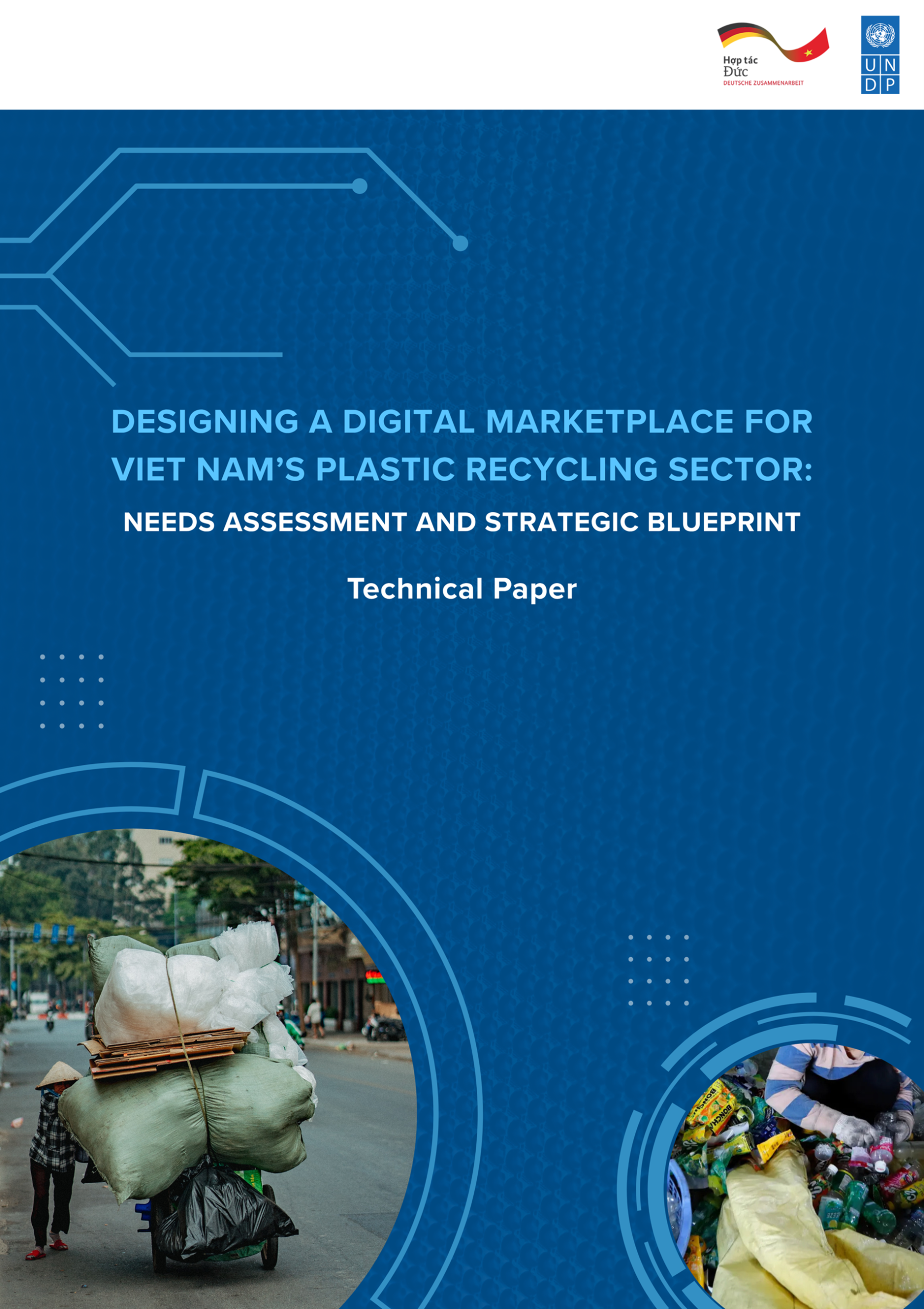Building Circularity into Nationally Determined Contributions (NDCs) – A practical toolbox
This “Building Circularity into Nationally Determined Contributions (NDCs) – A Practical Toolbox” aims to support countries both in the global north and global south to identify, prioritize, implement and track circular economy interventions for increased ambition and implementation of their NDCs. It is an initiative co-led by UNDP’s Climate Promise, UNEP’s One Planet Network and UNFCCC secretariat.
The toolbox aims to provide policymakers with a methodology, resources, and tools to help:
- Assess and identify GHG emissions hotspots from material use to prioritize sectors and/or sub-sectors in the NDC for circular economy interventions for increased climate ambition;
- Assess and select circular economy interventions in prioritized sectors/sub-sectors for the NDC;
- Identify policy instruments and indicators for the implementation of selected circular economy interventions in the NDC; and
- Track and report progress in the national Biennial Transparency Report (BTR) under the Paris Agreement.
The toolbox is organized in four stages to leverage a country’s policy cycle. Each stage includes a set of steps and key questions to consider as well as tools and case studies. An overview of the stages and steps is in the image below.

Who should use the toolbox? The toolbox is designed for policymakers working on national climate policy who are familiar with the NDC process but require guidance to identify and embed circular economy interventions, and associated co-benefits, into the NDC. It is also for policymakers working on sustainable consumption and production and circular economy . Given the cross-cutting nature of the climate and circular economy agendas, the toolbox is useful for line ministries involved in the NDC process, such as ministries of industry, agriculture, planning, energy, tourism and gender, among others.
The user guide for this toolbox can be found here. It will be intermittently updated with new tools, resources, and case studies as they become available and should be considered as a starting point for further research and collaboration on integrating circular economy into NDCs. It does not aim to provide tools for all aspects of transitioning to a circular economy, given the large scope that this entails.












